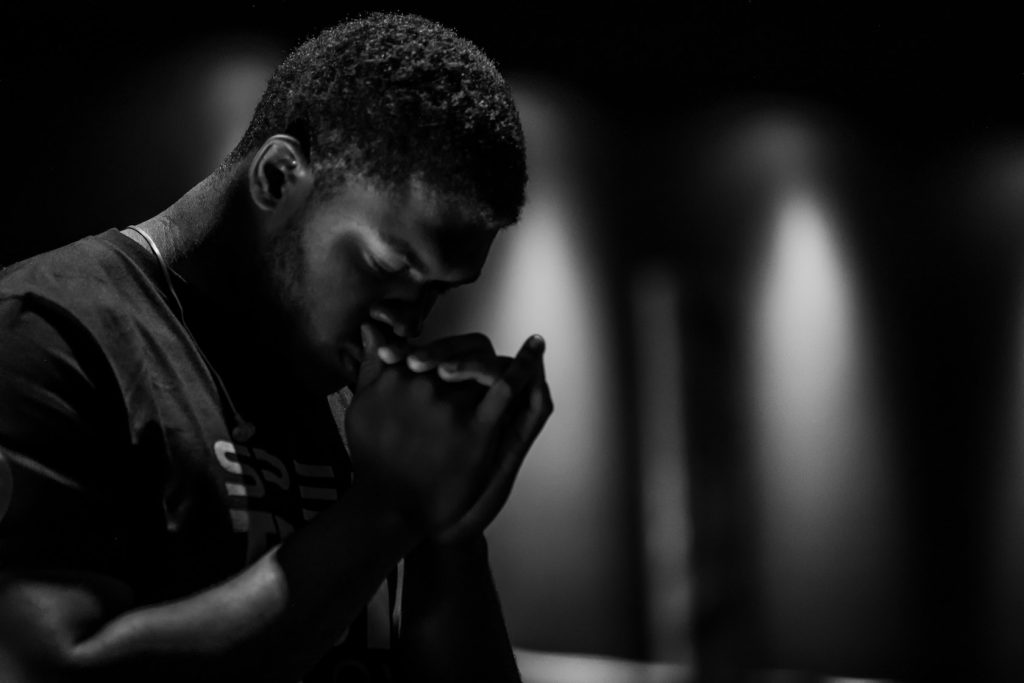
How do you bring your mindfulness meditation practice into your active life? There’s a simple exercise to do this.
Take a moment and reflect on this question.
Identify Reactivity & Grab
Where do you experience grab in your life? Where do you get hooked and notice reactivity rising in your experience?
It could be any number of things. Frustration with a coworker or spouse. Anger at yourself for making a mistake. Impatience with poor customer service or standing in line. Regret over saying something in a fit of passion. Maybe you get angry at other drivers in traffic.
We all have these moments of grab. And in the context of mindfulness, those instances are also where our growing edges lie. That’s where we find the food and fuel for our development.
Start to pay attention to those moments when you experience grab.
Approach It With Curiosity
What happens? Be curious. What was the trigger and then what was the narrative that spun up inside your head in response to it?
The way to do this is when you feel that grab, when you feel your temperature rising or you feel the fight or flight kicking in, if you notice that you’re getting wound up by a story in your head, just stop for a moment and come back to your practice.
Find your breath and ride it right into the present moment. That will interrupt the pattern.
Then stay with your breath for a minute. What happens? What do you notice?
Connect to the sensations in your body – what changes?
Now that you’ve taken a step away from that reaction and that grab, what do you see and know about it? How can you respond differently?
Be Gentle!
All this time, stay connected to the present moment and stay curious. Not too tight and not too loose.
And above all else, be gentle with yourself. Bring a friendly attitude to whatever you find. Even if you don’t like what you see. Befriend whatever you find there and then stay with your breath.
And remember, these areas where we experience grab tend to be unexamined regions of our psycho/emotional landscape. So we need to bring a backpack full of gentleness to this endeavor.
Gentleness can help us on multiple levels here. It can help melt our resistance to looking. It can help soften our response to what we find. It can buffer the feelings of self-criticism and judgment that may arise in response.
To all of these we bring a gentle touch.
Soften the Self-Criticism
One of my former teachers was a meditation master who also had a PhD in psychology. He talked about how we in the West suffer from an epidemic of self-criticism and self-judgment.
That really landed for me. Most of us are damn hard on ourselves.
By applying gentleness in our mindfulness practice, we start to uncoil that frozen knot around our heart. We start with that gentle attention to the breath. Like a snowflake drifting down and melting on a warm stone.
And then through that practice we get a feel for that gentleness and we bring it to bear on ourselves.
We hold everything gently.
Making Friends With Yourself
In a Trycycle article on self-compassion, Pema Chodron talks about this in a way that I find helpful. In particular, when it comes to dealing with challenging feelings and experiences with gentleness, she frames it in the context of making friends with yourself.
My teacher said that making friends with myself meant seeing everything inside me, and not running away or turning my back on it. Because that’s what real friendship is. You don’t turn your back on yourself and abandon yourself, just the way you wouldn’t give up on a good friend when their darker sides began to show up. When I became friends with my body, my mind, and my transient emotions, and when I was able to comfortably settle into myself more and more (and remember, this takes time), then staying in the present moment, in all situations, became more possible for me to do. I was able in meditation to return to my breath and stop beating myself up.
May your practice be friendly. May your practice be loving. May you open your heart to yourself.
And give this little exercise a try. Let me know how it goes.


